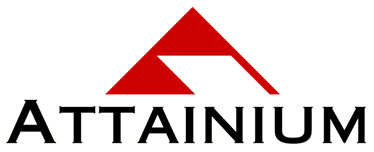More than 16,500 Rohm and Haas professionals develop specialty and performance materials for customers in more than 100 facilities with operations in 27 countries.* The company’s Philadelphia (PA) headquarters employs about 1,000 people and houses its worldwide data center. Needless to say, the company has developed business continuity and disaster response plans that it regularly updates and tests.
One such test was done at the Philadelphia headquarters with the assistance of Attainium Corp. “I had attended the Disaster Experience™ session that Attainium did for BOMA Philadelphia, and I recommended the session for our upcoming test,” said Henry Hoover, security and disaster recovery supervisor for Rohm & Haas. “I had made changes in the disaster recovery program and team and wanted to test the plan and the team members… explore where the strengths and weaknesses were. A lot came out of the in-house tabletop we did the previous year, so we decided to bring in an outside firm for this year’s session.”
Attainium’s Disaster Experience is an interactive session designed to give the participants hands-on experience in dealing with unexpected crisis and disruption. It is conducted in a unique role-play simulation format that enables participants to enhance their crisis communications and decision-making skills while taking away the knowledge to improve their own disaster planning and response capabilities. The session has presented in many settings nationwide and continues to be very popular with those who have "survived."
Rohm & Haas had approximately 40 participants for their session, including the team members and observers. “Because the group was so large, we split up into two teams, and each worked the same scenario with two different team leaders,” Hoover said. “Just the difference in how the two teams handled things was educational, with one group moving things around so they could be closer together for communication and the other remaining around one large table.
“All the participants were heavily engaged in the exercise, and everyone reacted to all the information and every situation that Bob (Mellinger, Attainium president) put up on the screen. We found some deficiencies in the plan, particularly in how well people knew how to handle various situations, but we also validated what people did know and what worked well.
“As the exercise progressed, we quickly realized that the groups were too large if there was a real emergency,” Hoover said, “and we had too many people on the master team. We finally identified what groups we really needed where and reconfigured the master team and placed sub-teams at other locations.
# # #

